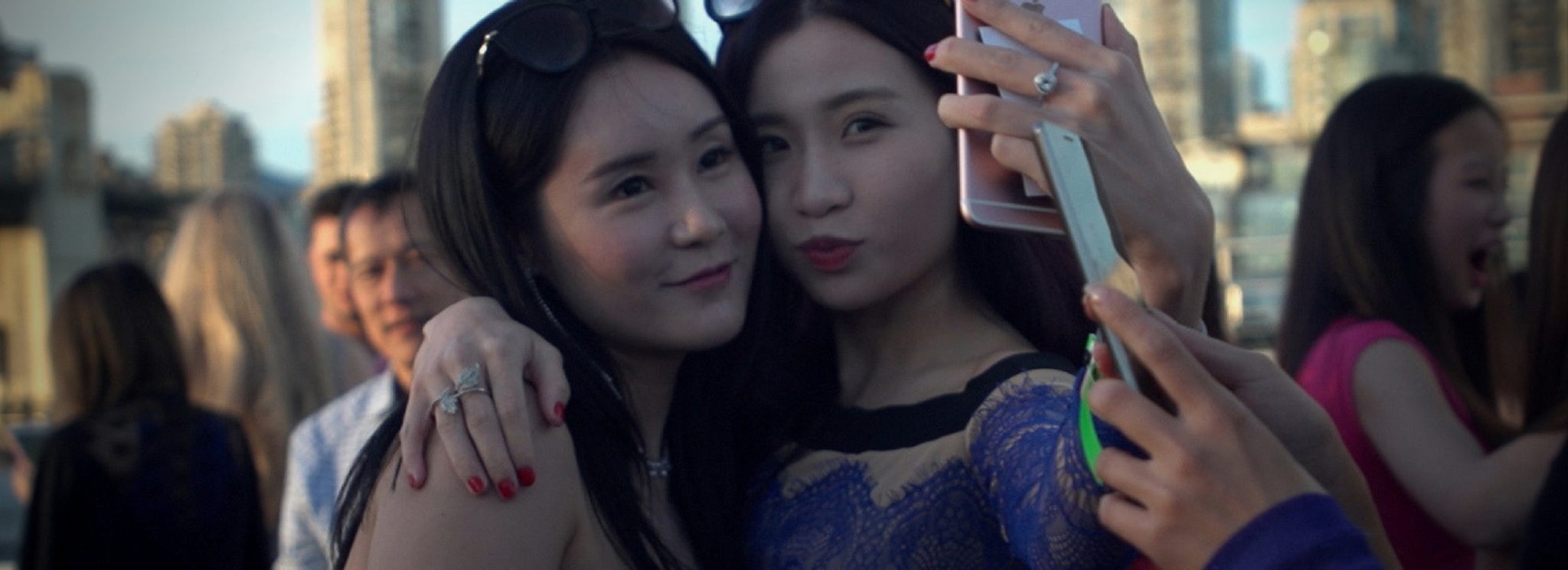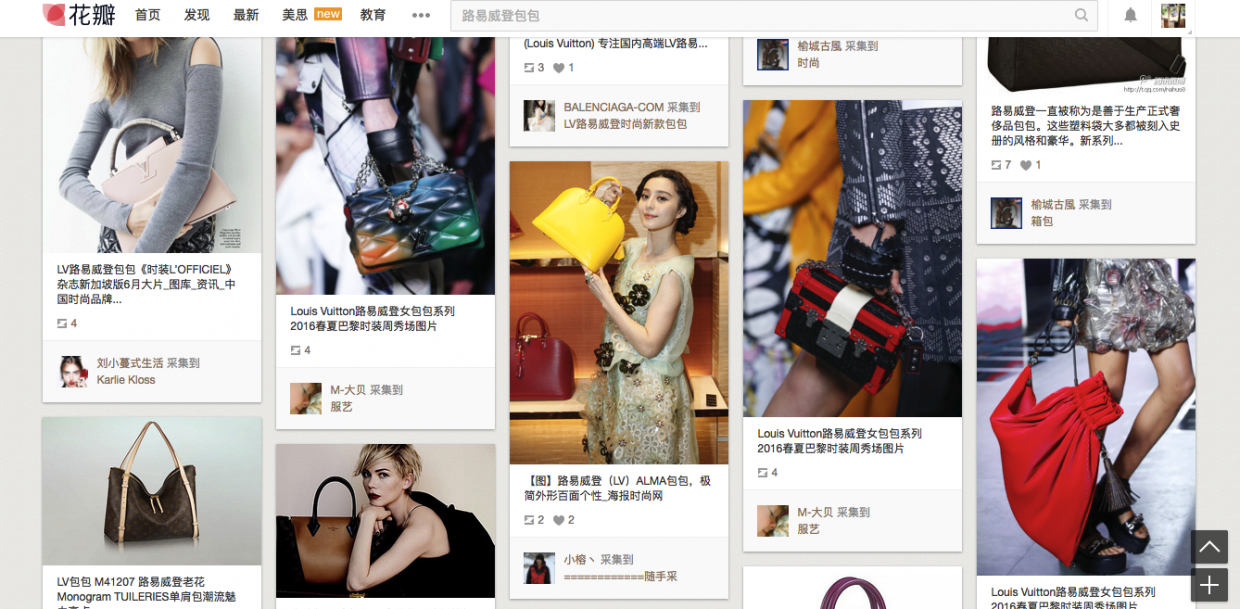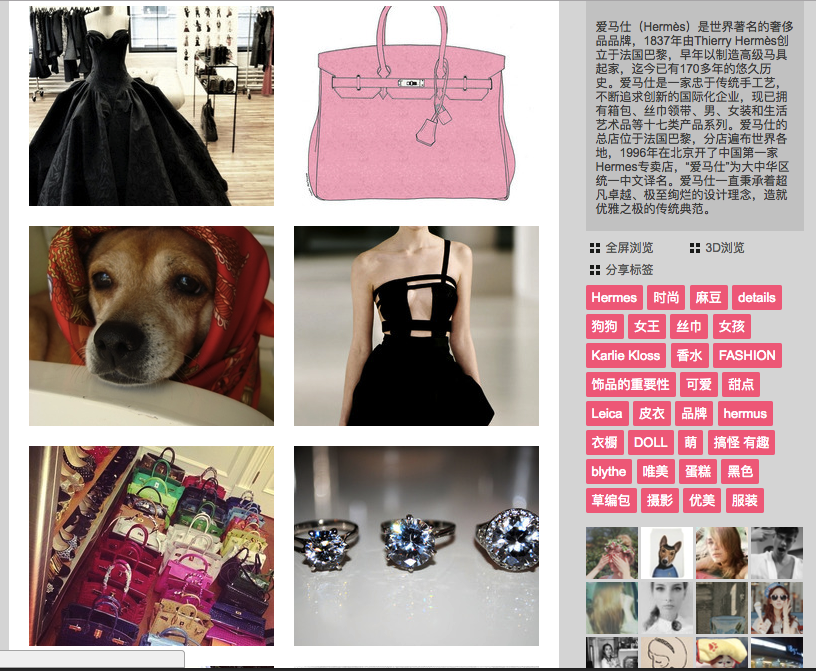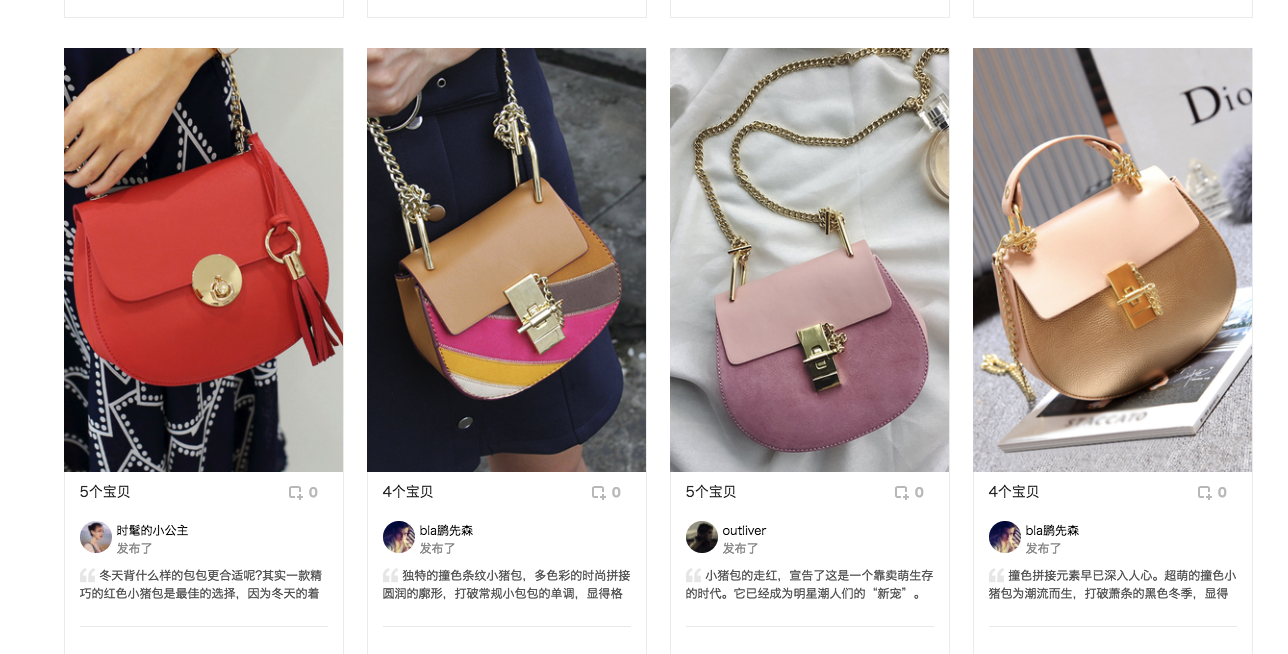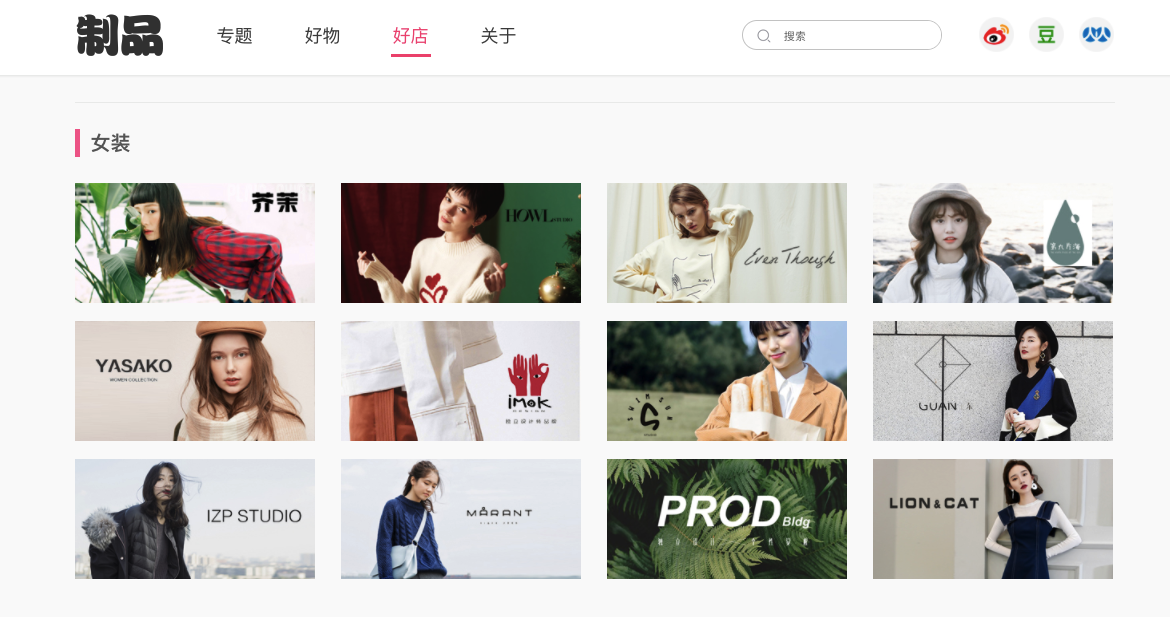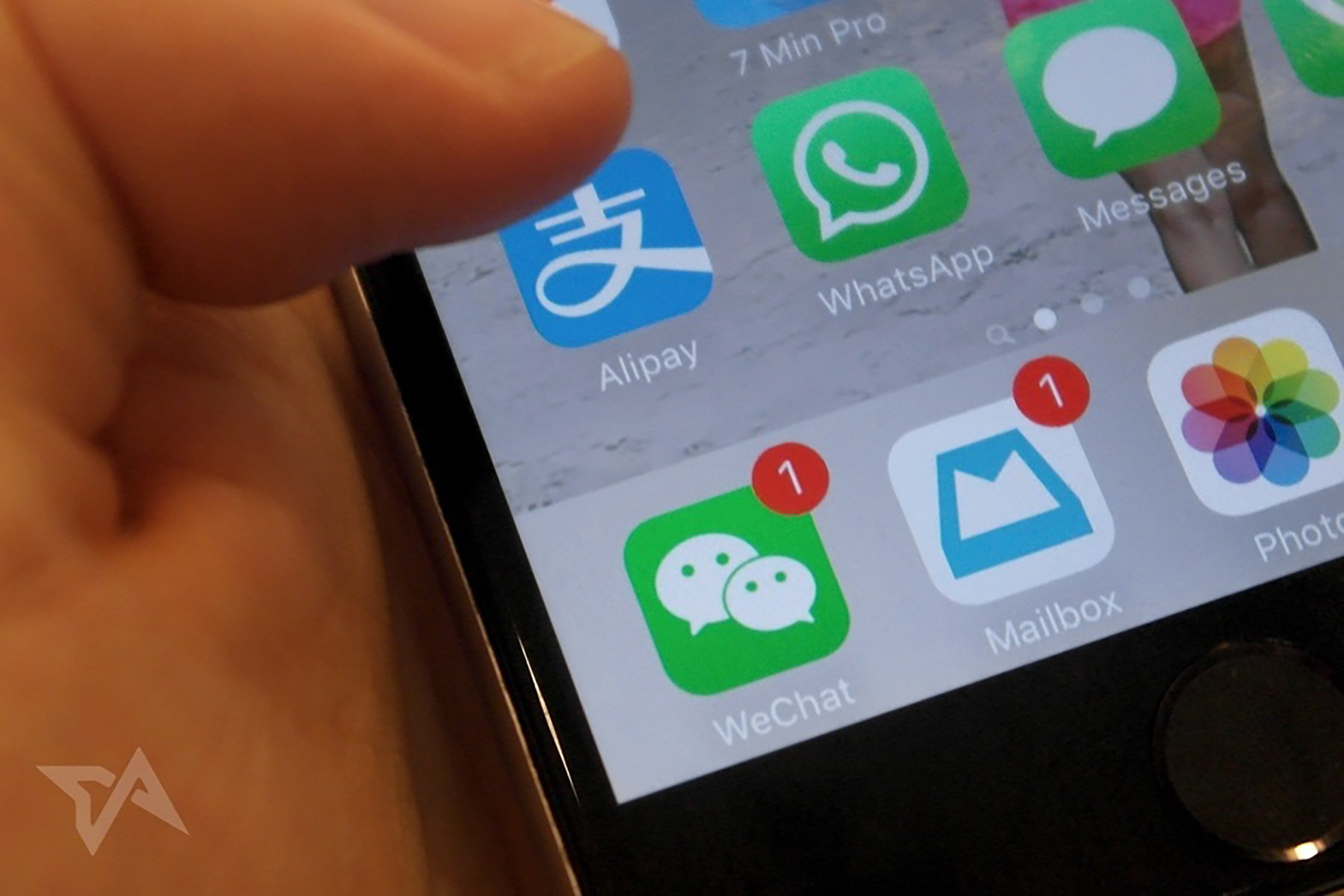1. Huaban
Huaban, considered as China’s closest alternative to the western app Pinterest, serves as an online space for users to collect photos and images based on their interests and share them with friends.
- Huaban has gathered a large user base who pin images from elsewhere on the web to their boards daily. This in turn has made Huaban a leader among rival sites.
- Huaban also allows users to share their images and boards on popular social media platforms like WeChat and Weibo.
Huaban’s large user base also includes high end brands like Louis Vuitton.
2. Duitang
Duitang was founded by Zhang Juan, a former Alibaba employee, with the sole purpose of becoming the Chinese Pinterest.
- Duitang has added several features to encourage users to interact and form an online community that has active daily discussions.
In 2014, Chinese media reported that Alibaba Group invested more than 10 million RMB (US$1.4 million) in the site. Duitang has been relatively slow in pushing forward the e-commerce aspect, unlike competitors who would quickly introduce an e-commerce feature after gaining a certain amount of users.
Currently, Duitang features posts with beauty products from international luxury brands.
3. Topit.me
Topit.me, or youmeitu in Chinese pinyin, is an online photo gathering website that was established in 2010 and unlike the previous two examples, Topit relies on user-generated content to run the site and so far, seems to be working with the registered users of the website exceeding 10 million in 2016, according to Chinese media reports.
In 2015, ChinaCache the leading total solutions provider of Internet content and application delivery services in China, announced that it has entered into an agreement to provide Topit.me with its new mobile Internet solution, MPlus.
- The solution MPlus supports Topit.me through intelligent caching and optimisation services for content, uplink transmission and protocol.
- In addition, ChinaCache will implement new mobile technologies, including intelligent identification and Internet content automatic adaptation for mobile devices, to increase access speed for Topit.me’s mobile users, while reducing data usage.
4. Aiguangjie
China’s e-commerce giant Alibaba was also among the companies that jumped on the Pinterest copycat bandwagon in 2012.
Its service, called Aiguangjie, meaning “love shopping,” was created in order to sell products on Taobao through a model based on Pinterest’s.
The service has had some mixed reactions however, with users commenting on the irony that though Alibaba has been publicly calling for the Chinese government to help crack down on counterfeit goods, yet on Aiguangjie it’s suprisingly easy to find third-party knockoffs of luxury brand products.
- Currently, the website features Taobao stores selling handbags that look similar to Chloe’s Faye bags.
5. Zhipin
Zhipin is a website focusing on fashion and lifestyle that allows the sharing of pictures with friends and followers. The distinguishing factor of Zhipin rests in its relationship with Taobao stores run by Chines designers and independent brands.
- Aside from allowing users to post and share pictures, Zhipin has also set aside a section dedicated specifically to promoting brands’ online shops.
Users can browse through and visit these stores directly from Zhipin, which can help brands generate web traffic.
Big brands such as Estée Lauder have also formed partnerships with the site.
If you enjoyed reading this and would like to read more social media related content, feel free to take a look at our Social Media Case Study Library!



